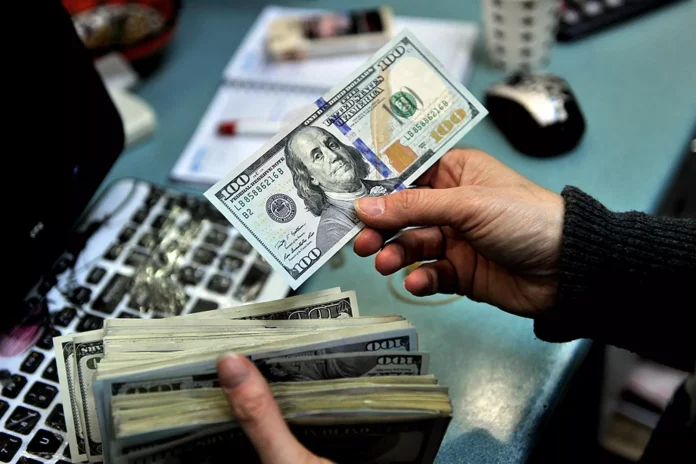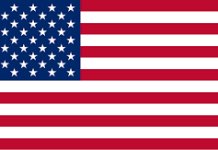On Monday, the dollar stayed somewhat lower versus most of its major counterparts as traders waited for the Federal Reserve to signal the end of its rate hike cycle while attempting to hedge against the danger of a recession. The dollar index, which measures the currency against six competitors, was down 0.1% in late morning trade at 101.21, a stronger performance than last month’s one-year low of 100.78.
The Fed hiked interest rates by 25 basis points last week, but sounded significantly more pessimistic on the outlook than peers, reducing advice on the necessity for further rises.
“Everybody keeps looking for the economic activity and the data to support the idea that there’ll be a recession in the U.S. whether it’s in the second half of this year (or) in the final quarter,” said Joe Francomano, portfolio manager at Gelber Group LLC in New York.
“But then you keep getting these strong U.S. employment data that shows strength and continued wage pressures. So, it seems we keep putting off the inevitable or the inevitable will never come as far as the recession is concerned.”
Fed funds futures traders are now pricing for the fed funds rate to reach 4.993 in July, and remain below that all year. The Fed’s target range stands at 5% to 5.25%, having risen rapidly from 0% since March 2022.
“Central bank policy divergence remains in the driver’s seat and continues to underpin European currencies at the dollar’s expense,” said Joe Manimbo, senior market analyst at Convera.
“The Fed’s latest rate hike could be its last while the Bank of England is expected to hike this week and further over the coming months, buoying the pound.”
Sterling reached a more than one-year high against the dollar on Monday, trading as high as $1.2668, its highest level since April 2022, before falling slightly below that level and closing up 0.11% at $1.2641. The pound has been firming against the euro this week as the Bank of England is poised to raise interest rates on Thursday.
The euro has gained about 16% against the dollar from September lows, and is trading barely changed on the day at $1.1022, buoyed by hopes that the European Central Bank would maintain interest rates high for longer than the Fed. The ECB likewise reduced the pace of its interest rate hikes last week, but warned that more tightening was on the way.
Traders are keeping an eye on the debt limit deadlock on Capitol Hill, where the Treasury Secretary has warned that the country may be unable to pay its bills by June 1. Meanwhile, US inflation statistics anticipated on Wednesday might show if the Fed has to do more to keep inflation under control.
In other news, the dollar was unchanged versus the yen at 134.885.
In April, US consumers’ inflation forecasts were mixed, according to a New York Fed survey.
According to the regional Fed bank’s April poll of Consumer Expectations, respondents expect inflation to be 4.4% a year from now, down from 4.7% in the March poll. Inflation was anticipated to reach 2.9% three years from now, compared to 2.8% in March, and 2.6% five years from now, compared to 2.5% in the prior month.
The New York Fed report also found that the banking sector stress that began nearly two months ago, spurring fears about the health of the financial system and forcing the central bank to provide extensive liquidity to the financial system, hasn’t left much of a mark on consumers’ attitudes so far.
The April survey found “mixed” views on credit access, noting “both the share of households reporting it is easier and the share reporting it is harder to obtain credit now than one year ago declined.”
The report also found that perceptions in April surrounding respondents’ current financial situation improved, while their expectations “deteriorated slightly, with fewer respondents expecting to be better off a year from now.”
It also said that households still expected to see rising earnings, although spending was projected to moderate to a 5.2% gain, the weakest since September 2021, from the 5.7% forecast in March. Survey respondents also said they expect higher unemployment and a greater probability of losing their jobs, as well as a harder time finding new work.














